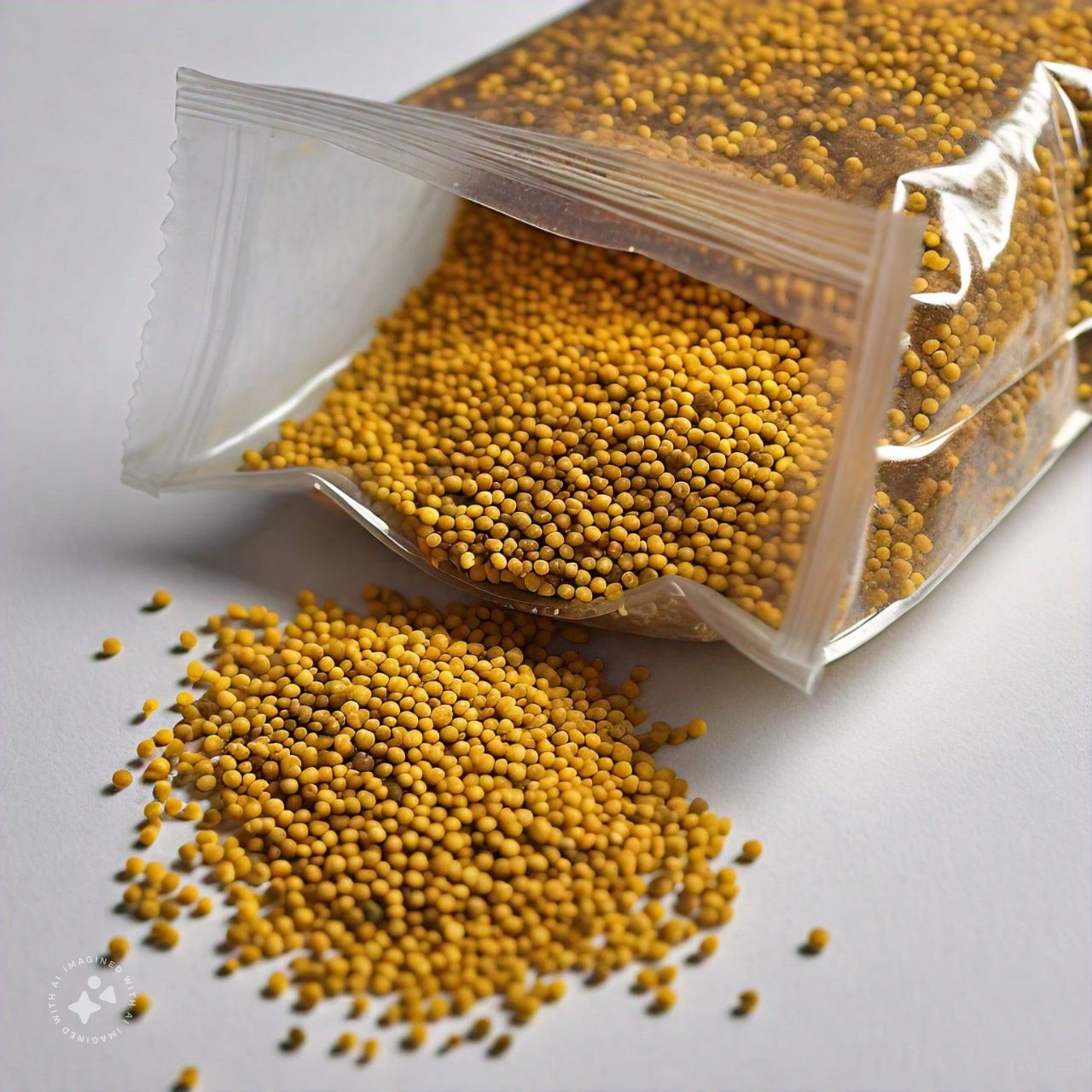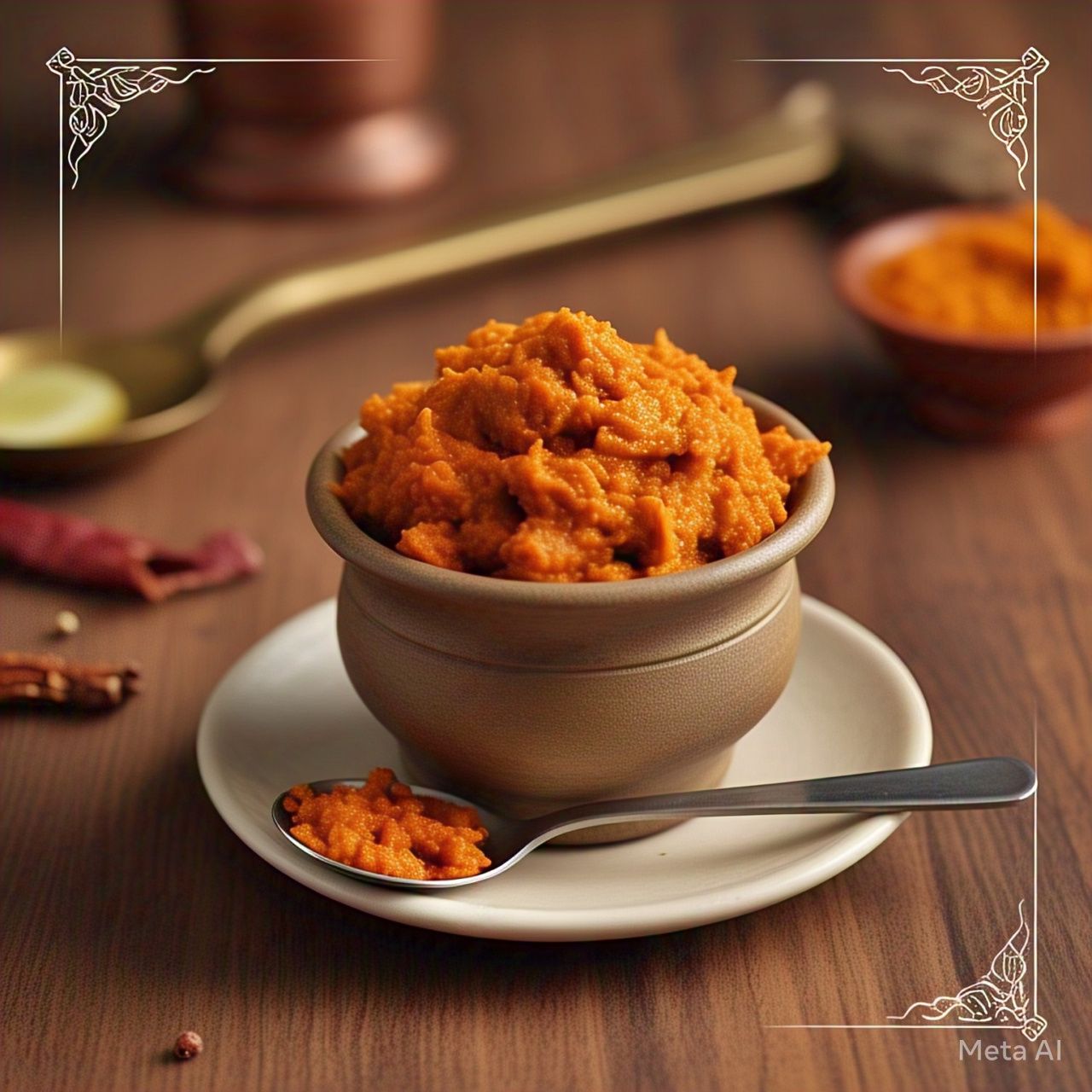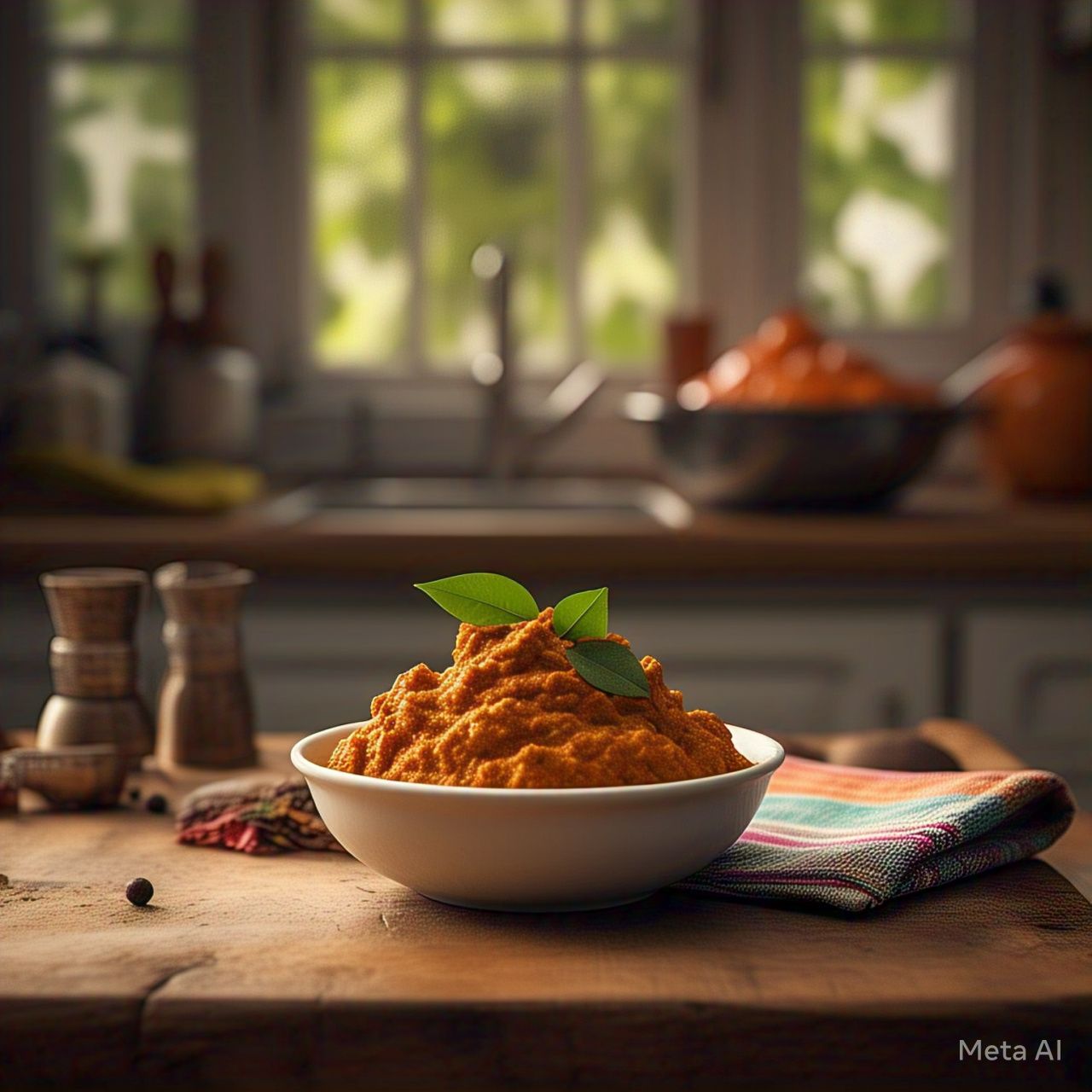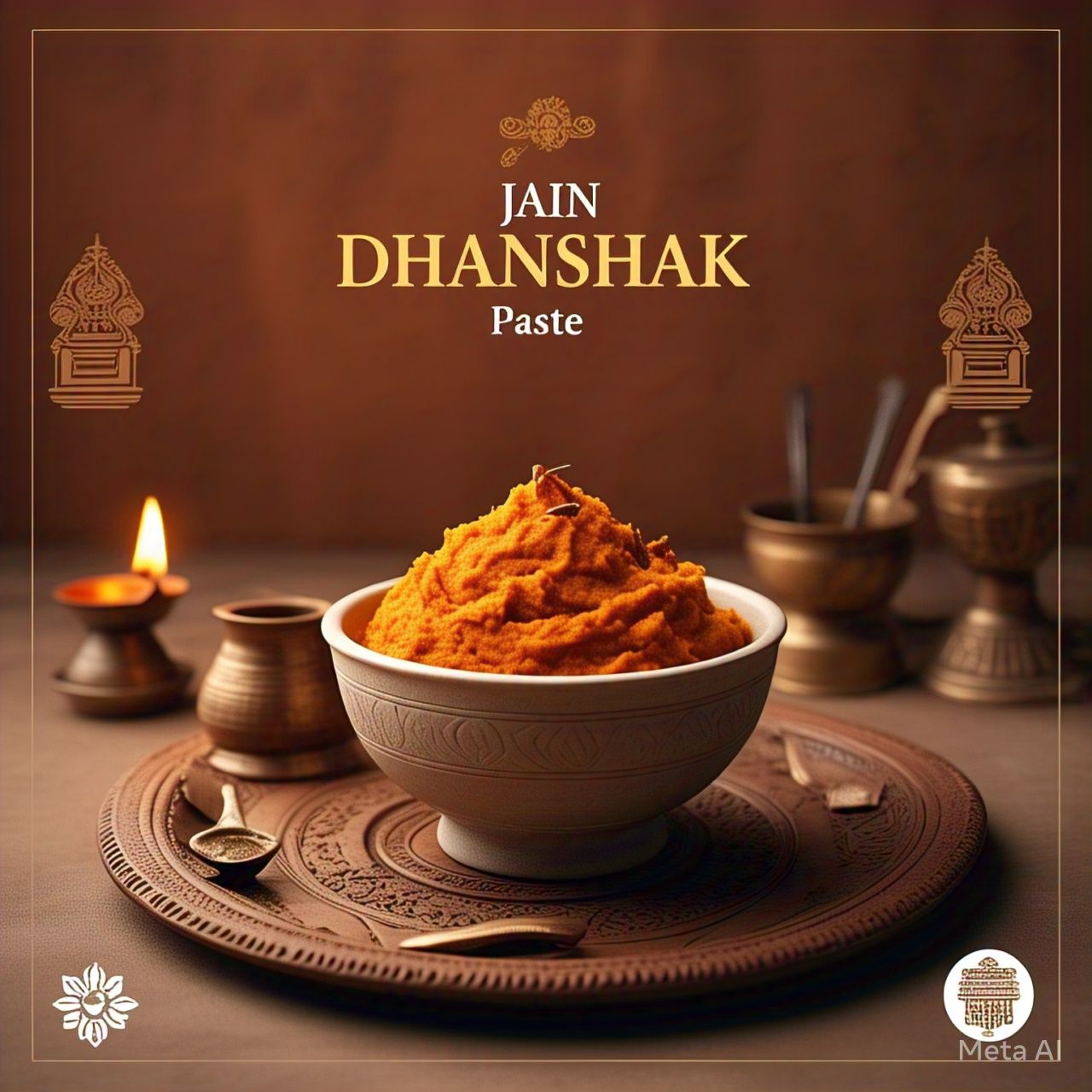Yellow mustard seeds, also known as white mustard seeds, are tiny round seeds harvested from the Sinapis alba plant. With their mild, tangy flavor, they are widely used in global cuisines for their ability to enhance the flavor of dishes, whether in whole or ground form. Rich in nutrients and essential oils, yellow mustard seeds are not just a flavorful addition to meals but also a healthful powerhouse, offering numerous medicinal benefits.
This guide explores the benefits, uses, and sustainable aspects of yellow mustard seeds while offering practical cooking tips.
Health Benefits of Yellow Mustard Seeds
Yellow mustard seeds are packed with beneficial compounds, making them a valuable addition to your diet. Here are some of their top health benefits:
1. Rich in Nutrients
- Mustard seeds are a great source of vitamins and minerals, including vitamin C, A, K, magnesium, calcium, and potassium. These nutrients support overall health, including bone health and immune function.
2. Supports Digestion
- Mustard seeds contain fiber, which aids in digestion, reduces bloating, and helps prevent constipation. Their natural enzymes also stimulate the production of gastric juices, promoting smoother digestion.
3. Anti-Inflammatory Properties
- The selenium and magnesium in yellow mustard seeds are known to have anti-inflammatory effects, helping to reduce the risk of inflammatory conditions such as arthritis.
4. Boosts Metabolism and Weight Loss
- Mustard seeds are believed to have thermogenic properties that boost metabolism, making them an excellent addition to a weight loss diet. The compounds found in mustard seeds help in increasing calorie burn and reducing body fat.
5. Improves Skin Health
- Mustard seeds are also beneficial for your skin. Rich in antioxidants, they help in reducing oxidative stress and can promote a youthful appearance. They are also used in homemade masks for treating acne and skin irritations.
How to Use Yellow Mustard Seeds in Cooking
Yellow mustard seeds are a versatile ingredient in many cuisines, especially in Indian, Mediterranean, and American cooking. Here’s how you can use them:
1. Whole Mustard Seeds in Curries and Stews
- Whole mustard seeds are often added to curries, stews, and soups. They add a distinct flavor when fried in hot oil, releasing a nutty aroma.
2. Mustard Seeds for Pickling
- Mustard seeds are essential in many pickling recipes. Their slightly pungent flavor enhances the taste of pickles, adding a signature tang.
3. Ground Mustard for Sauces and Dressings
- Ground mustard seeds are commonly used in making mustards and salad dressings. They add a sharp, spicy kick that enhances the flavors of many condiments.
4. Mustard Seed Toppings
- Toasted mustard seeds can be sprinkled over roasted vegetables, salads, and grains like rice or quinoa for added texture and flavor.
5. Mustard Seed in Breads and Pastries
- Mustard seeds are used in bread recipes for added crunch and a hint of spiciness. They are commonly found in rye bread and some savory pastries.
Cooking Tips for Yellow Mustard Seeds
Here are a few cooking tips to get the most flavor and nutritional value from yellow mustard seeds:
- Toast Before Using: To release the full flavor of mustard seeds, lightly toast them in a dry pan before adding them to dishes.
- Fry in Oil: For a richer flavor, sauté the seeds in oil until they pop. This method enhances the mustard’s natural aroma and provides an extra layer of flavor to your dish.
- Use Sparingly: Mustard seeds have a potent flavor, so use them in moderation to avoid overwhelming your dish. Start with a small amount and adjust based on taste.
- Combine with Other Spices: Mustard seeds pair well with turmeric, cumin, coriander, and garam masala, making them a perfect addition to Indian dishes like dal, curries, and chutneys.
Seasonal and Holiday Favorites Featuring Yellow Mustard Seeds
Yellow mustard seeds aren’t just for everyday cooking. They’re also great for seasonal and holiday recipes:
1. Summer Pickles
- Mustard seeds are a key ingredient in many Indian-style pickles. During the summer months, they add flavor to fresh vegetable and fruit pickles, such as mango and lime.
2. Holiday Sauces and Condiments
- During holiday seasons, mustard seeds are often used to make tangy sauces, marinades, and spreads for meats, especially in traditional recipes for grilled meats and sandwiches.
3. Winter Soups and Stews
- In colder months, yellow mustard seeds are used to warm up stews, soups, and curries, providing a rich, spicy kick that complements root vegetables and hearty dishes.
The Impact of Food Waste and How Yellow Mustard Seeds Help
Reducing food waste is important for both the environment and sustainability. Here’s how yellow mustard seeds help in this regard:
- Long Shelf Life: Mustard seeds have a long shelf life, making them a great pantry staple. Their durability ensures you’ll use them over a long period, reducing the risk of waste.
- Minimal Spoilage: Stored in an airtight container, mustard seeds can remain fresh for up to a year. This makes them more efficient compared to perishable produce, reducing the likelihood of food waste.
- Versatility: The multiple uses of mustard seeds—from pickling to being a key component in sauces—help you make the most of your purchase, preventing excess unused ingredients from going to waste.
FAQs: Everything You Need to Know About Yellow Mustard Seeds
1. What’s the difference between yellow and black mustard seeds?
- Yellow mustard seeds have a milder flavor compared to the spicier black mustard seeds. Yellow mustard is often used in milder dishes, while black mustard seeds are preferred for their sharper, more pungent flavor.
2. How can I store yellow mustard seeds?
- Store mustard seeds in an airtight container, away from heat and moisture. They should be kept in a cool, dark place for optimal shelf life.
3. Can yellow mustard seeds be used for cooking if they’re old?
- Yes, as long as the seeds aren’t moldy or stale, old mustard seeds can still be used. However, they might not have the same level of flavor intensity as fresh seeds.
4. Are yellow mustard seeds good for weight loss?
- Yes, mustard seeds may help boost metabolism and reduce appetite. Their thermogenic properties help in increasing calorie burn, which can support weight loss efforts.
5. Are there any side effects of consuming yellow mustard seeds?
- While mustard seeds are generally safe for most people, consuming them in excess can lead to digestive discomfort or irritation. Use them in moderation to avoid any side effects.
Conclusion: Why You Should Add Yellow Mustard Seeds to Your Pantry
Yellow mustard seeds are not just a flavorful spice; they are packed with health benefits, from aiding digestion to boosting metabolism. Their versatility in cooking—from curries to pickles to bread—makes them a valuable ingredient in every kitchen. Plus, their long shelf life and minimal spoilage make them an eco-friendly choice for reducing food waste.
Incorporate yellow mustard seeds into your meals to enhance flavor and boost your health. Whether you are making a tangy mustard dressing or spicing up a hearty curry, yellow mustard seeds are a must-have pantry staple!
Call to Action:
Ready to spice up your meals and enjoy the health benefits of yellow mustard seeds? Order now and discover the best mustard seeds for cooking, pickling, and more.





Share:
The Ultimate Guide to Kasuri Methi: Benefits, Uses, and Cooking Tips
The Ultimate Guide to Small Mustard Seeds: Benefits, Uses, and Cooking Tips